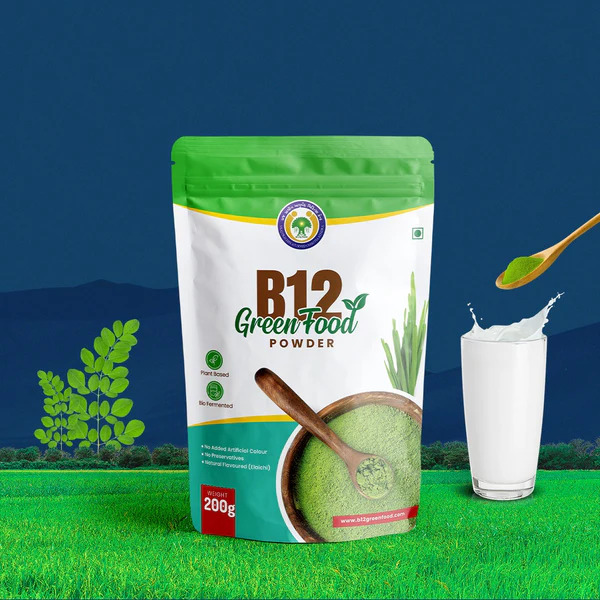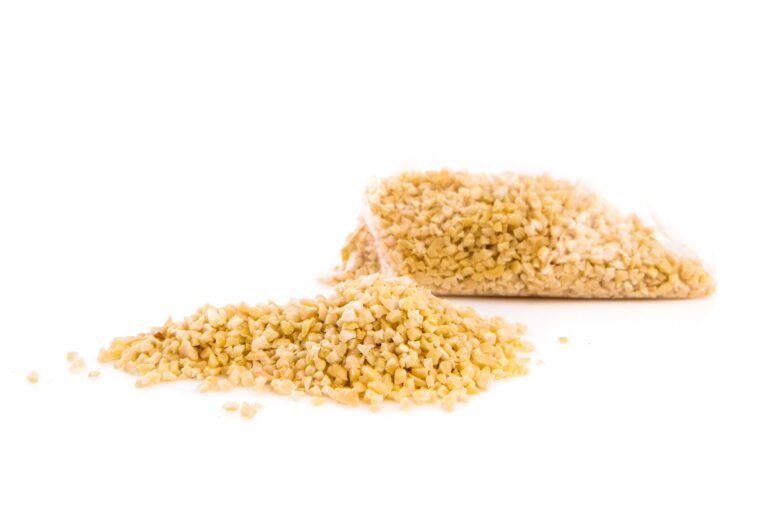Vascular health plays a crucial role in our overall well-being, yet many individuals are unaware of the common conditions that can affect the blood vessels. Among these conditions, peripheral vascular disease (PVD) and Lymphoedema are two that demand significant attention. In this article, we will explore what these conditions are, their symptoms, causes, and treatments, shedding light on the importance of early intervention and holistic care for individuals dealing with these challenges.
What is Peripheral Vascular Disease (PVD)?
Peripheral Vascular Disease, often referred to as PVD, is a condition where the blood vessels outside of the heart and brain, particularly in the limbs, become narrowed, blocked, or diseased. This hampers the blood flow to the legs, arms, and other parts of the body, leading to a range of complications.
Symptoms of PVD:
- Leg Pain: One of the most common symptoms, especially during activities such as walking.
- Numbness or Weakness: A feeling of weakness in the legs or arms due to poor circulation.
- Cold Extremities: Feet or hands that feel colder than usual.
- Skin Changes: Pale, shiny skin on the legs or feet.
- Non-Healing Wounds: Slow-healing sores or wounds on the legs and feet.
Causes and Risk Factors:
PVD is often caused by atherosclerosis, a condition where fatty deposits (plaque) build up in the arteries, leading to reduced blood flow. Other risk factors include:
- Smoking
- Diabetes
- High blood pressure
- High cholesterol
- Obesity
- Family history of vascular diseases
Lymphoedema: An Often Overlooked Condition
Lymphoedema is a condition where there is an abnormal buildup of lymphatic fluid, typically in the arms or legs, leading to swelling. It occurs when the lymphatic system, responsible for draining excess fluids from the body, becomes damaged or obstructed. Lymphoedema can be either primary (genetic) or secondary (caused by injury, surgery, or infection).
Symptoms of Lymphoedema:
- Swelling: Most noticeable in the arms or legs, often worsening over time.
- Heaviness or Tightness: A feeling of fullness or heaviness in the affected limb.
- Reduced Mobility: Difficulty moving the affected limb due to swelling.
- Skin Changes: The skin may become tight, thick, or fibrous.
Causes and Risk Factors:
The lymphatic system can be damaged by several factors, including:
- Surgery (especially when lymph nodes are removed, such as in cancer treatment)
- Infections or injury
- Obesity
- Genetics (for primary lymphoedema)
- Cancer treatments (radiotherapy and surgery)
The Link Between PVD and Lymphoedema
While PVD and lymphoedema are distinct conditions, they often share overlapping symptoms and risk factors. Both conditions can cause swelling and discomfort in the limbs, leading to difficulty in movement and reduced quality of life. Moreover, poor circulation from PVD can exacerbate the swelling and discomfort associated with lymphoedema, making it critical to address both issues together in treatment plans.
Treatment Options and Managing PVD and Lymphoedema
Fortunately, both PVD and lymphoedema are manageable with proper care and intervention. The treatment approach will vary depending on the severity and underlying causes of each condition.
Peripheral Vascular Disease Treatment:
- Lifestyle Changes: Healthy eating, regular exercise, and smoking cessation can help manage the symptoms and slow disease progression.
- Medications: Antiplatelet drugs, blood thinners, and medications to lower cholesterol and blood pressure are commonly prescribed.
- Endovascular and Surgical Treatments: For severe cases, procedures like angioplasty, stenting, or bypass surgery may be required to improve blood flow.
Lymphoedema Treatment:
- Compression Therapy: The use of compression garments or bandages helps reduce swelling by applying pressure to the affected limbs.
- Manual Lymphatic Drainage (MLD): A specialized form of massage that encourages the flow of lymphatic fluid.
- Exercise and Skin Care: Regular movement and proper skin care are crucial to prevent infections and manage swelling.
- Surgical Intervention: In advanced cases, surgery may be considered to remove excess tissue or improve lymphatic drainage.
The Role of Holistic Care in Treating Vascular Conditions
At SG Vascular Centre, we recognize the importance of holistic care for individuals suffering from vascular-related conditions such as PVD and lymphoedema. Our team of skilled vascular surgeons and specialists offer personalized treatment plans, utilizing both conventional and innovative techniques to address the root causes of these conditions. We believe in treating not just the symptoms but also the underlying factors contributing to poor vascular health.
Conclusion: A Path Forward for Better Vascular Health
Both Peripheral Vascular Disease and Lymphoedema are serious conditions that can significantly impact the quality of life. However, with early detection, effective treatment, and a commitment to holistic care, individuals can manage their symptoms and prevent complications. At SG Vascular Centre, we are dedicated to providing our patients with the tools and support needed to navigate these challenges, ensuring that they maintain a high quality of life while managing their vascular health. The journey to better vascular health begins with awareness, and we are here to guide you every step of the way.
If you or a loved one are experiencing symptoms related to PVD or lymphoedema, don’t wait. Seek professional advice and take proactive steps toward improving your vascular health today.












